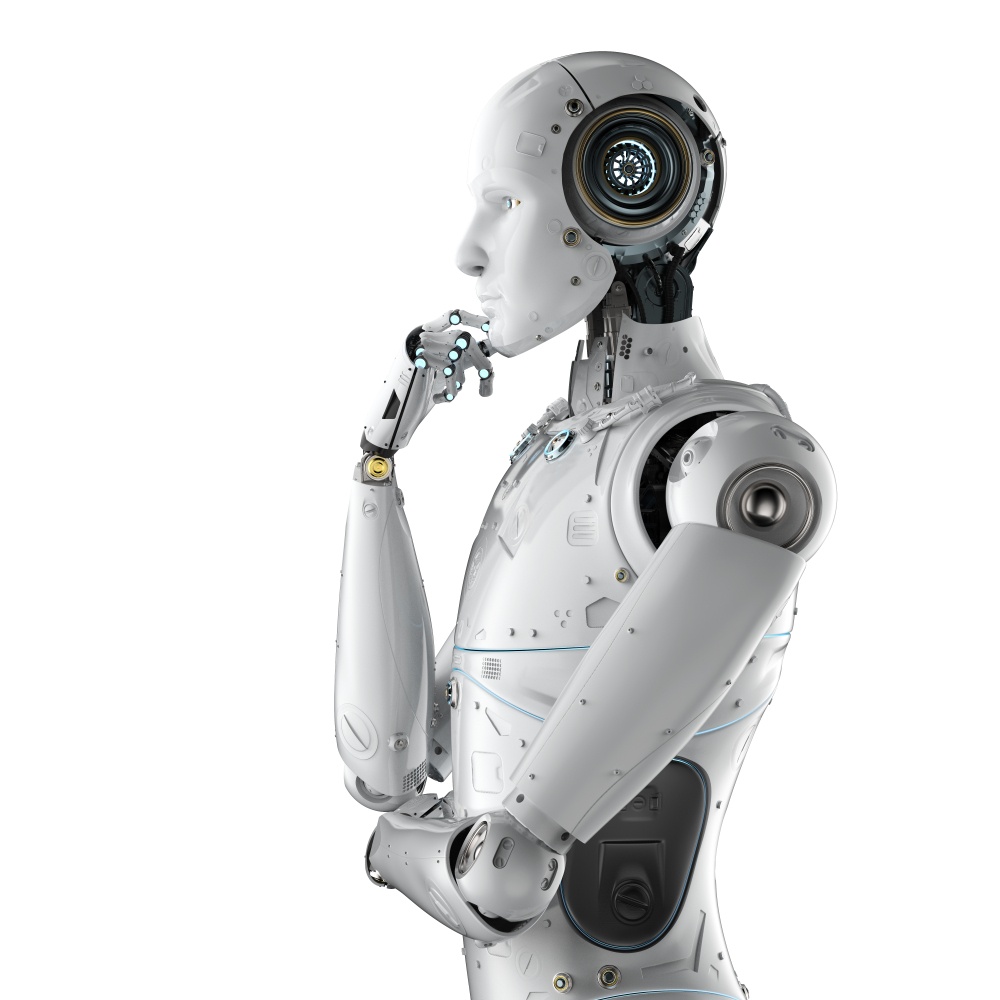New to Robotics? RPA / RDA, What’s Right for You?

Is Your AI and Automation Strategy Right for You?
Robotic process automation (RPA) has been receiving a lot of attention recently, and for good reason. Companies of all sizes and industries have leveraged robotic software agents to automate and streamline a great deal of their business processes.
If you're new to the world of RPA, you might not be aware that the market is typically divided into two parts: attended RPA and unattended RPA.
Attended RPA is also referred to as robotic desktop automation (RDA).
So what's the difference between these two options? Like the name implies, RDA involves software agents that assist human employees on a desktop or workstation. RDA agents can execute tasks such as copying data or launching a transaction while working with a user interface. If the software is unsure how to proceed during an unfamiliar situation, it can return control to its human partner.
For example, humans and robots can work together on sales tasks such as developing a sales proposal. The software agent will first pull data from different sources, such as customer relationship management (CRM) systems, and assemble them for approval. The employee can then write the proposal while using the agent to automate their other tasks, unleashing a major increase in productivity.
Unattended RPA, on the other hand, is able to function nearly completely independently. Employees don't tell the software agents when to start or stop automating tasks, but only see the final output of the process.
Whether RDA or unattended RPA is the right choice will depend on your own situation, although you can use both at the same time in different settings. Using RDA can be an excellent stepping stone toward greater automation within your company. Your human employees will be able to validate the agents' output at each step and make sure they can handle the tasks you assign them.
RDA is also better suited for workflows that can't be completely automated, but that can benefit greatly from automating certain parts. Unattended RPA, on the other hand, is best for workflows that require no human supervision — or where supervision isn't possible. For example, unattended RPA agents can run overnight to perform data updates and migrations at a time when no one will be accessing the information.

